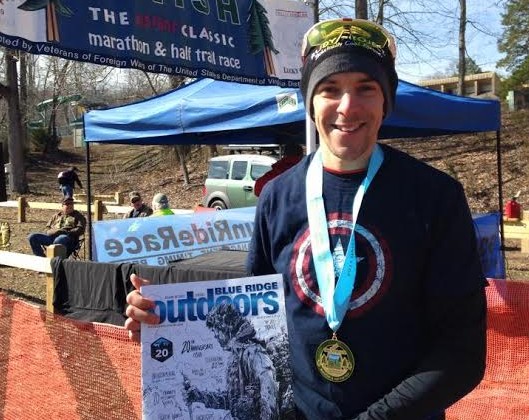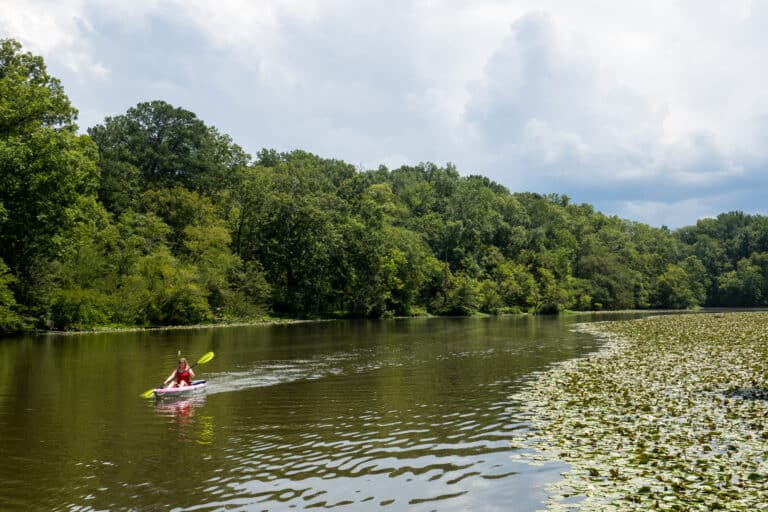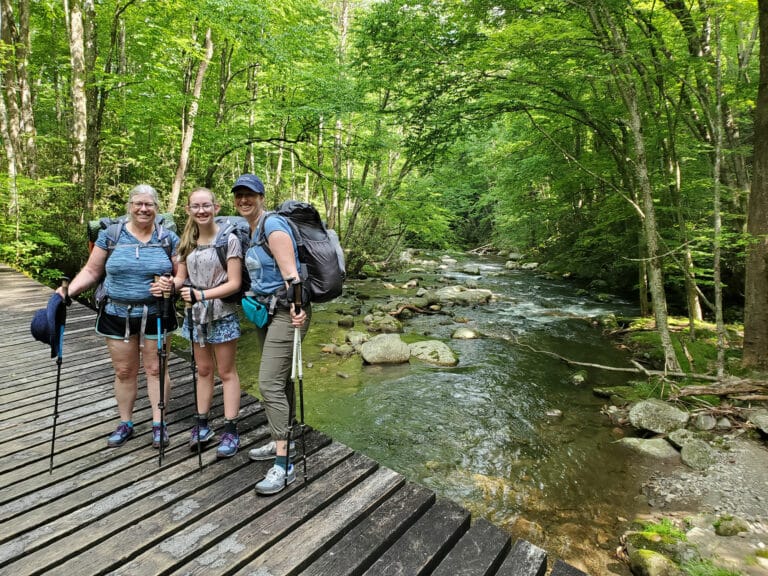BRO Athlete Team runner Chris Harnish accepts a few drawbacks and takes on the Instant Classic Trail Half Marathon at Pocahontas State Park.
The weather wrecked my original early season schedule, forcing me to cancel some races and postpone the start of my race season. Gone are my traditional go to EX2 Adventure trail races, and Monster Cross. But I added a new road triathlon in April, and opted to run the 5th annual Instant Classic 1/2 Marathon (a benefit for Richmond’s Fisher House for wounded veterans). Much of my initial season was built around the Epic Xterra races in May and September. However, the cost and time (16 hrs one way) for these events have made me rethink my original goals, opting for a more diverse schedule (more on that soon). However, much of my training went very well this winter, with a steady average of ~20 miles of running each week (yes, I really only run 2-3 hrs/week) and some great bike training. Therefore, I felt reasonably well-prepared for a trail 1/2 marathon.
Held at Pocahontas State Park, south of Richmond, the Instant Classic featured familiar trails and a great way to test my run endurance. With spring finally sprung, the weather was dry and cold (about 35 degrees), but largely ideal for racing. Unlike road running, where paces can be easily predicted and dialed in, trail running requires much more “inner knowledge”. Knowing your heart rates and effort levels provides an excellent way to pace.
I settled on a race plan built around my own inner knowledge and that’s what I implemented. However, I had not anticipated leading the race from the gun, so I eased my pace back just a bit, but still came through the first 2 miles much faster than my expected 7 min/mile pace. As I slipped back to 3rd place, I kept my HR at about 170 bpm, which was comfortably uncomfortable, knowing that to run faster would likely be disastrous.
As expected, I closed the gap again and slid back into 2nd place after mile 5 as the course became a bit more lumpy. While I felt good for the next few miles, I noticed that my quads were getting a bit sore. Normally runners encounter this delayed onset muscle soreness (DOMS) about 2 days after a race, but my lack of race pace runs past 8 miles, coupled with a number of steep downhill sections left my legs feeling more sore than usual. However, with 1st place about 45 sec up the trail and 3rd place out of sight, I saw no reason to dig more deeply than I needed. Besides, I knew the last mile of the race very well, and the long downhill sections were sure to be a test on my legs, so I slowed my pace a bit before hitting the last 1/2 mile for a fast finish.
It was a great to kick off the season with a great result, and to get some key input on my fitness. I even got to watch my wife Chelsea finish off her first trail 1/2 with a great time, as well!
Side note: Being a numbers guy, I love to to hone in on mental and physiological aspects of racing to create a scientific approach to racing. I continually read how HR is a useless measure, and for short running races, it may not be helpful for many. But anyone who says that HR is too variable to be useful simply doesn’t know what they’re talking about. During a sustained maximal effort of an hour or more, HR is very predictable and a great bench mark to control your race effort. Case in point, my HR stayed steady between 167-173 bpm over varied terrain, only dropping to the mid-160’s in the last mile where I slowed on the downhills. Based on my training data, my road runs, and my experience, I was able to estimate an average pace of 7 min/mile for the whole race. Despite slowing considerably in the final mile, my overall pace was just over 7 at the finish. So much for unpredictable!








